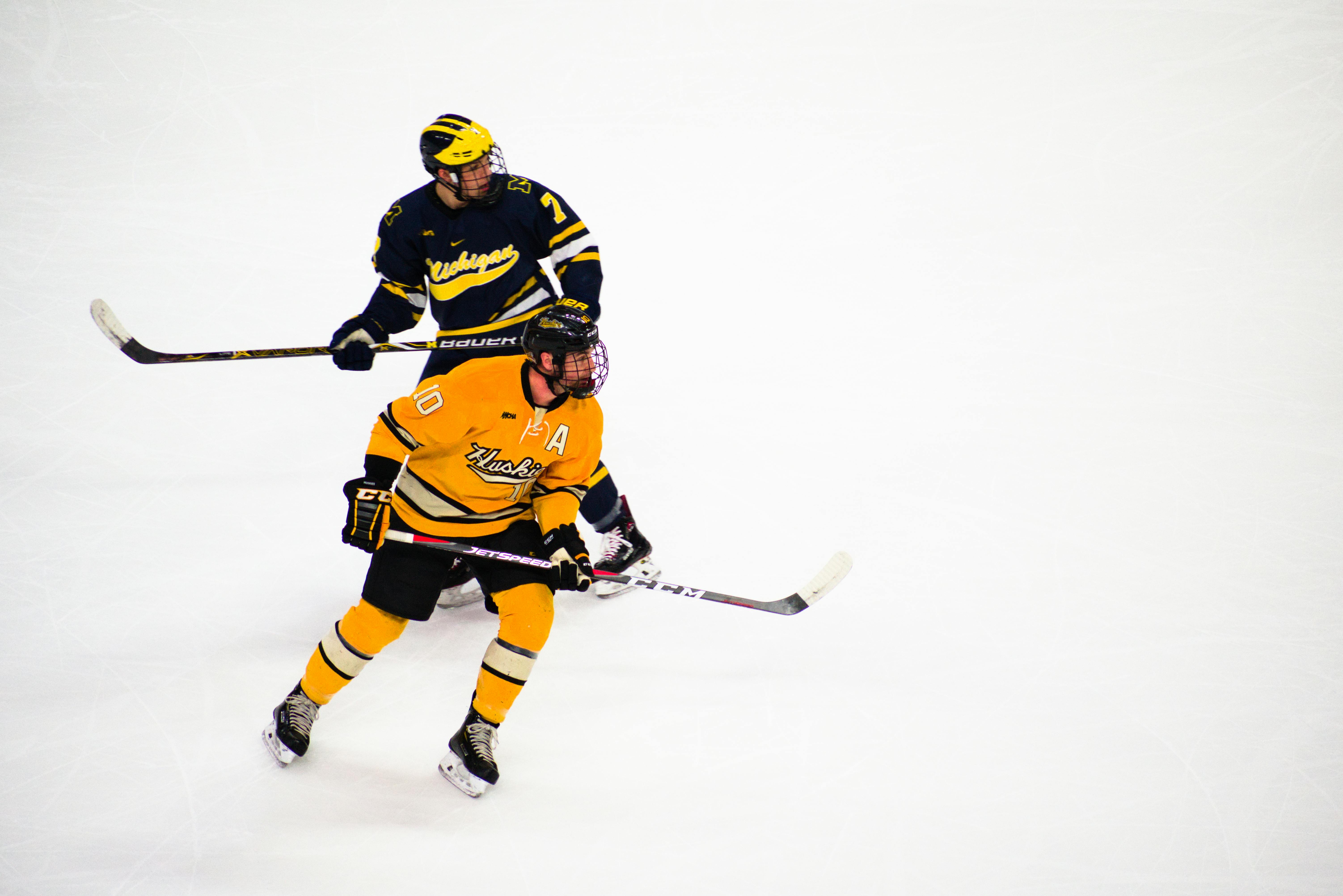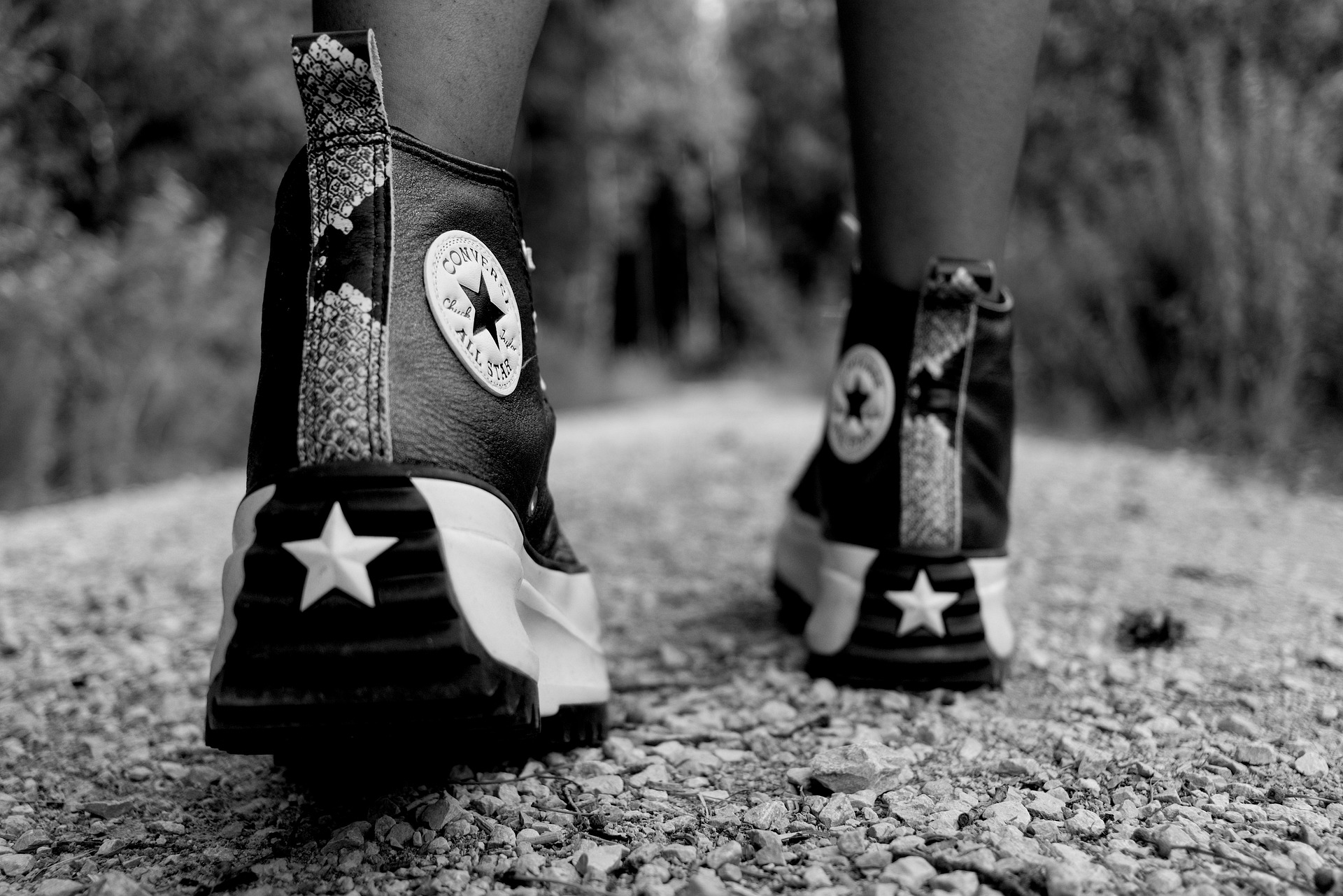Shattering the Ice: The Intricacies and Evolution of Ice Hockey Training
The sharp skates carving intricate paths on the icy terrain, the adrenaline rush as the puck flies across the rink, and the roar of spectators as the goal light flashes—this is ice hockey, a sport that combines speed, precision, and power in a dynamic and exhilarating mix. Ice hockey training has evolved significantly over the years, transforming from basic drills to a sophisticated blend of on-ice practice, strength training, endurance workouts, nutrition planning, and mental conditioning. This article delves into the fascinating universe of ice hockey training, its evolution, current trends, and real-world applications.

Ice Hockey Training: An Historical Overview
Ice hockey, as a sport, originated in the late 19th century in Canada. Early training methods focused on fundamental skills such as skating, stick handling, and shooting. As the sport grew in popularity and competitiveness, training methods began to evolve. The 20th century saw the introduction of off-ice training methods to improve players’ strength and conditioning. These included weightlifting, running, and plyometrics.
Current Trends and Expert Analysis
Today, ice hockey training has become a comprehensive and multifaceted discipline. It combines on-ice skill development, strength and conditioning, nutrition planning, mental conditioning, and recovery strategies. Current trends emphasize the importance of individualized training programs tailored to each player’s strengths, weaknesses, and position requirements.
The Benefits and Challenges of Ice Hockey Training
Ice hockey training, when properly executed, can yield significant benefits. It can improve players’ skating speed, shot power, stick handling, endurance, and injury resilience. However, it also presents several challenges. These include the risk of overtraining, the need for proper nutrition and recovery, and the mental stress of high-level competition.
Real-World Applications of Ice Hockey Training
In the real world, ice hockey training principles are applicable to a wide range of scenarios. For example, the strength and conditioning exercises used in hockey training can benefit individuals seeking to improve their general fitness. The sport’s emphasis on teamwork and communication can also translate into valuable life skills.
Research-Backed Approach to Ice Hockey Training
The current approach to ice hockey training is backed by extensive research. Studies have shown the effectiveness of strength and conditioning programs in improving players’ performance and reducing injury risk. Similarly, research on nutrition and recovery strategies has provided valuable insights into optimizing players’ health and performance.
Ice hockey training is a dynamic and evolving discipline. It encapsulates a wealth of knowledge and expertise, reflecting the sport’s rich history and vibrant present. As we look to the future, we can expect further advancements and innovations, driven by ongoing research and the relentless pursuit of excellence that defines the sport.




